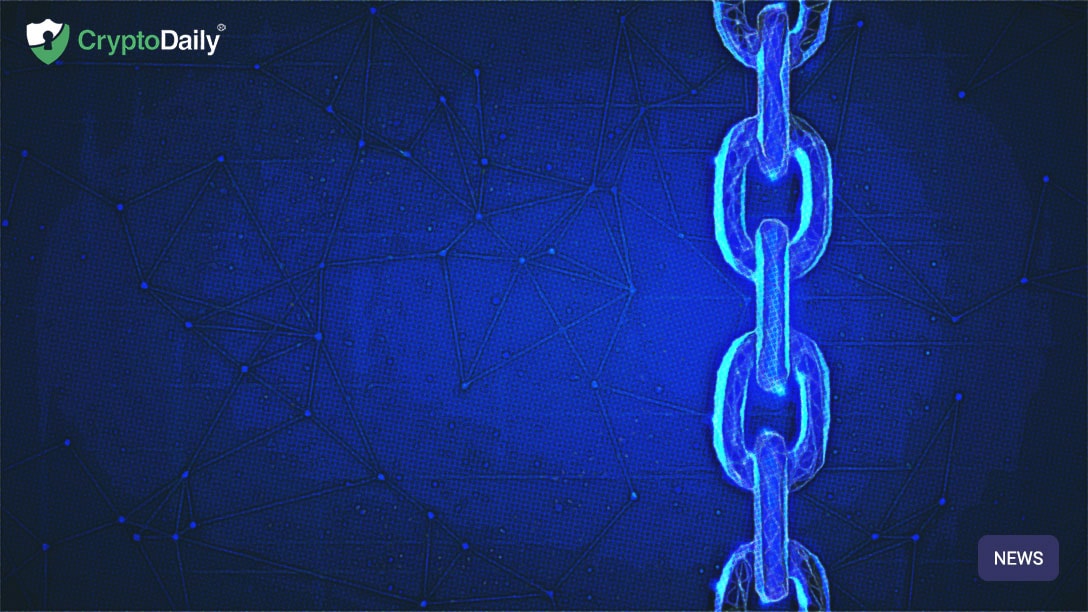Table of Contents
- Polkadot cuts a unique figure in the cryptocurrency landscape.
- The blockchain protocol has already given birth to an ecosystem of inter-connected cryptocurrency, decentralized finance (defi), gaming, banking and Internet-of-Things (IoT) applications.
Polkadot cuts a unique figure in the cryptocurrency landscape. The blockchain protocol has already given birth to an ecosystem of inter-connected cryptocurrency, decentralized finance (defi), gaming, banking and Internet-of-Things (IoT) applications. And its immediate emergence as the seventh largest cryptocurrency by market cap - valued at $5 billion at time of writing - means Ethereum now has a realistic competitor for the first time in recent memory.
Founded by the co-creator of Ethereum, Gavin Wood, Polkadot acts as a home for a myriad of blockchain projects, supplying the tools to create a range of decentralized applications. From combining Proof-of-Work (PoW) security with on-chain token-based consensus, to transferring tokens, items and data across disparate blockchains, Polkadot’s infrastructure (dubbed Substrate) acts as an overarching umbrella under which the disconnected and siloed blockchain landscape can come together.
Almost 200 projects have already taken advantage of Polkadot’s customizable architecture. Here are four of the most notable.
MantraDAO
MantraDAO is a decentralized lending, borrowing and staking platform which is transparent and community-governed. Similar to Ethereum’s MakerDAO, MantraDAO benefits from being plugged into Polkadot’s network of independent and interconnected assets.
Some of those assets, such as Kusama (KSM) and Polkadot (DOT), can already be used in MantraDAO’s non-custodial staking system, with more planned in the near future. MantraDAO will soon be connected via a cross-chain bridge to Ethereum-based defi services such as Compound, allowing users to navigate horizontally across the defi landscape.
Moonbeam
Moonbeam focuses on smart-contract and dApp (decentralized application) compatibility with other major blockchains - most notably, Bitcoin and Ethereum. The Moonbeam roadmap details ongoing work in making Moonbeam fully compatible with the Ethereum Virtual Machine, as well as a host of Ethereum-based peripheral tools such Metamask and Truffle.
Dieter Fishbein, Head of Ecosystem Development at Web3 Foundation, which oversees Polkadot development, said in regards to Moonbeam: “Platforms that make it easier for developers to leverage the work they have across networks are core to Polkadot’s future and to the success of decentralized technologies as a whole.”
Acala Network
On August 24, Acala Network celebrated successfully transferring tokens from the Rococo (ROC) test-chain to the Acala Network using ROC to pay the transaction fee.
Why is this an achievement? Because it means that a non-technical user could send their own favorite tokens (such as BTC) to an Acala DEX without requiring any complex technology such as token wraps or temporary swaps.
Acala’s aim is to build “cross-chain open finance infrastructure” for the Polkadot ecosystem. Its primary feature is a multi-collateralized, decentralized stablecoin (aUSD) which can be used by every chain in Polkadot’s ecosystem.
Kulupu
Kulupu combines the security of Proof-of-Work (PoW) blockchains with the interoperability options of Polkadot’s interchain protocol. Kulupu’s tendency to cherry-pick the best available blockchain technology continues with its use of Monero’s lauded RandomX mining algorithm, which secures Kulupu against ASIC mining machines, botnets and malware.
Despite using a PoW consensus mechanism, Kulupu also features on-chain democratic governance, where decisions regarding the future of the protocol are decided by token holders. Smart contract compatibility is in the works, while a cross-chain bridge is planned to connect Kulupu to Ethereum in the near future.
Investment Disclaimer






